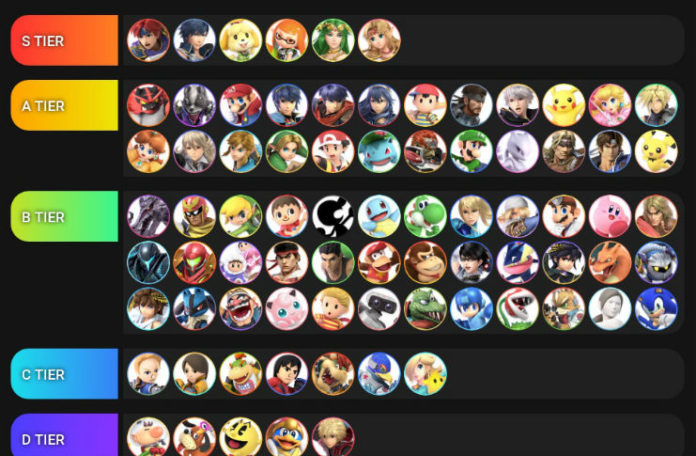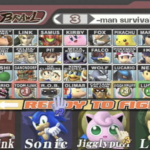Top tier. Bottom tier. What does it all even mean?
Where there are multiplayer games with a variety of characters, there are tier lists. There is constant debate surrounding any given tier list, and there are even some who outright believe that tiers don’t exist. But while tier lists are ultimately subjective, they often provide valuable information on the competitive state of a game, and so long as they are updated semi-frequently, they can be an important resource for competitive players.
What Is A Tier List?
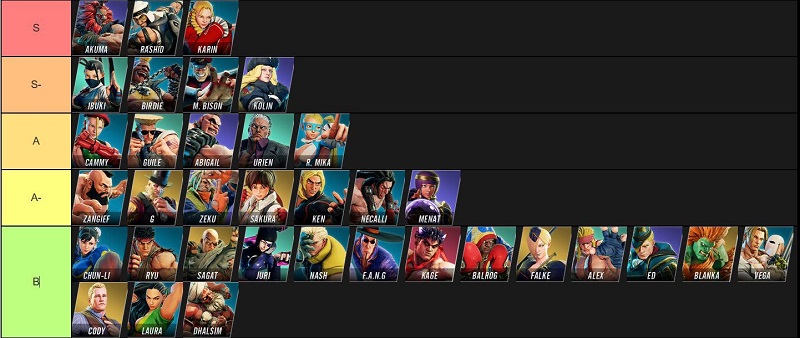
A tier list is a ranking of playable characters in a game from a competitive viewpoint. There is no set limit to how many tiers can exist in a tier list, but characters are often generalized as:
- Top tier
- High tier
- Mid tier
- Low tier
- Bottom tier
The exact categorization of any given character from any given game will depend on the generally accepted tier list at that time. Tier lists are subjective, although many community recognized tier lists have extensive data behind them to justify the character rankings. Top players will often create their own tier lists based off their tournament experiences which can either be in line with the community tier list or differ drastically.
How Is A Tier List Made?

Tier lists are meant to be a ranking of playable characters for tournament play, so any data and discussion on the tier list must be within this framework. Another way of looking at a tier list is: a ranking of characters most likely to win a competitive tournament.
The tiers are within a tier list are meant to group characters by their viability in tournament. A character who is top tier will probably have many winning or favorable matchups against most of the cast, and is more likely to win a major tournament without having to switch off the character, while lower tier characters will be ones who are considered too weak or flawed to be able to compete at the highest level.
To actually make the tier list, the primary data point used is tournament results. Characters who are constantly seen taking first place or who dominate most of the top placings at multiple tournaments will naturally gravitate towards the high tiers, while sparsely used characters with decent to forgettable placings will find their way to the bottom of the list. Tournament results are the best source of data for getting a read on where characters place in the current meta.
But results alone won’t get the most accurate tier list. For example, Fox is widely considered the best character in Super Smash Bros. Melee, but Hungrybox wins most of the major tournaments using Jigglypuff. How is Fox still considered the best? This is where nuanced discussions on different character vs. character matchups, as well as a character’s potential to consistently perform at the highest levels come into play.

Fox has the tools to invalidate many of the characters in the game, and when played at his best, doesn’t really lose to any character. What stops Fox from outright dominating the competition is his steep learning curve and constant demand for perfect execution. So while Fox is still widely accepted to be the best character in Melee, you won’t see him winning 90% of the tournaments.
Matchups in fighting games also contribute to a character’s placing on a tier list. Guile in Street Fighter II solidified his spot as a top tier by being able to outclass any characters who played the same style as him, as well as competing with any other high tier. If a character has the tools to fight against top or high tiered characters, then that character will likely be seen more in tournament play; more representation often leads to a high spot on a tier list.
Tires Don Exits
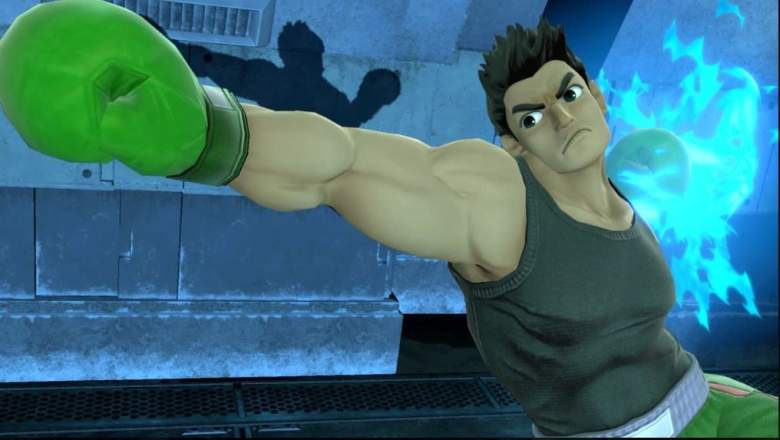
“tires don exits” references a poorly written post about how tiers don’t actually exist and that any character, when optimally executed, can defeat a supposed “top tier.” This view is common among newer players who believe that a tier list only represents characters who are over represented versus characters whose potential haven’t been unlocked.
While tier lists are never set in stone, and characters have been known to rise and fall through various tier lists, there is no denying the reality that some characters will fare better than others in a competitive setting. Part of accounting for a tier list is discussing if characters were played optimally across multiple matchups, how would they do? If a character requires constant near-TAS levels of execution or they face certain doom, that character just won’t be able to compete in the tournament grind. Barring any patches or updates, every game will reveal that certain characters just come equipped with better tools for winning than others.
Do Tier Lists Matter?
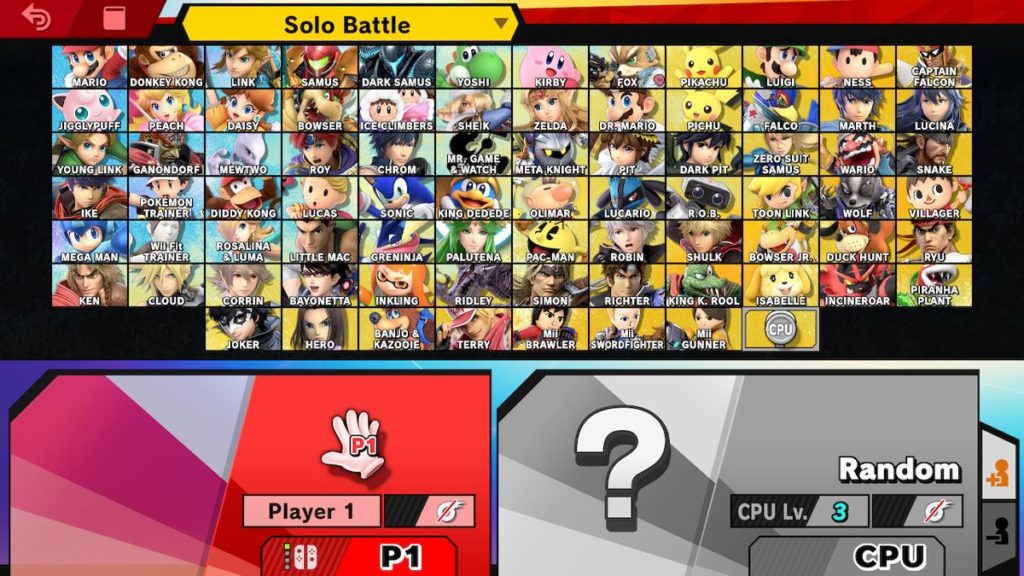
While accepting the fact that tiers do exist and play a role in competitive play, official tier lists are always based off the higher levels of play in a competitive setting. If you are just starting out as a competitive player, or if your local scene doesn’t have players competing at national tournaments, tiers won’t play as large a role. People will often look to tier lists as a sort of shortcut to getting easy wins and it won’t work. A mid level player with a bottom tier will always destroy the low level player with a top tier.
Tier lists will come into play as players get better and they feel they need stronger tools to deal with the finer details of the game, or for specific matchups. It’s something to think about down the road, but if you’re a lower level player, it’s ideal to just find a character you enjoy above all else, and focus on the fundamentals such as neutral, zoning, and footsies.


